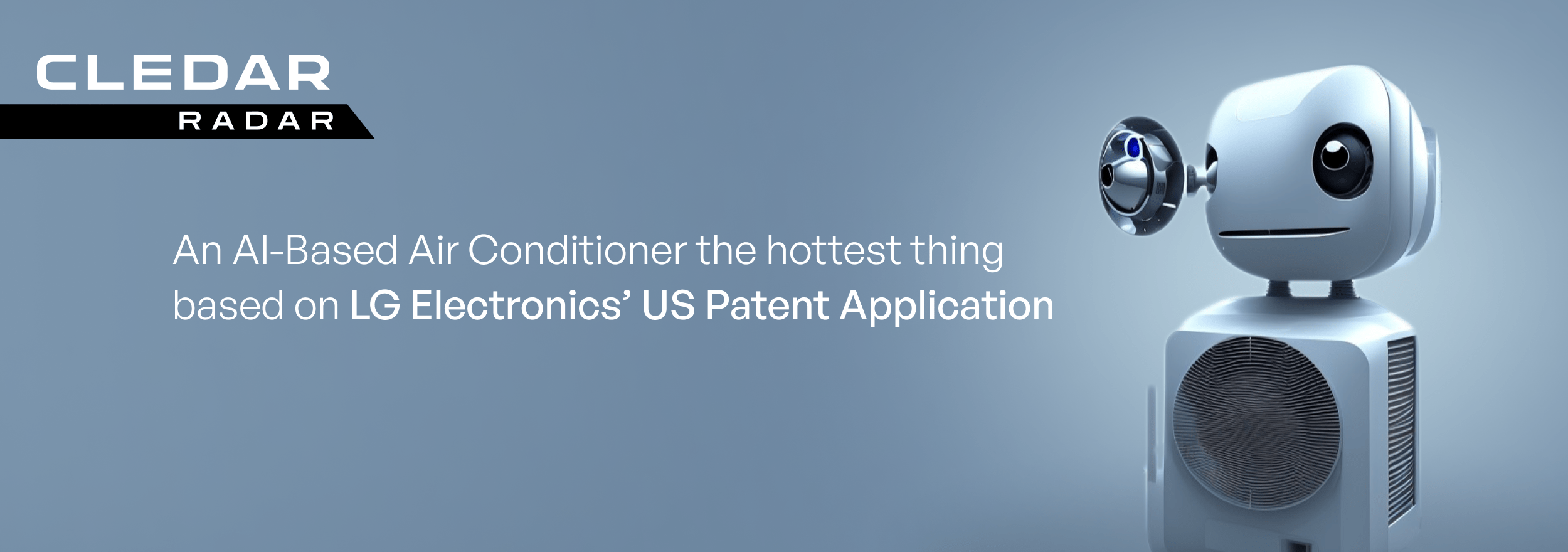Soon your AC might be the latest thing to think, learn, and self-develop, since LG Electronics intends to use AI to keep you cool while saving energy. LG is the owner of a recently-published patent application, teaching an AI-based AC capable of automatically identifying people and adjusting itself to meet people’s preferences.
According to an article published by IEEE, energy used on AC has tripled since 1990 and will triple again by 2050. In 2018 the International Energy Agency calculated that ACs and cooling cause 20% of the electricity used in buildings worldwide, with an increasing trend. As more people buy ACs in a warming world, there will be an increasing demand on our electricity grids while exacerbating global warming. It’s a vicious cycle that technology can alleviate. It is axiomatic that technology improves in iterations, and while there are plenty of start-ups aimed at new AC technology as aptly reported on September 10, 2022, in the Washington Post, LG proposes one iteration that might pay in dividends in the near-term.
To that end, the invention is aimed at addressing the increasing energy demand from AC usage while making things more comfortable for people automatically.
The invention identifies a person through an “image acquisition device” such as the camera and, using this computer vision matches him/her with associated data, including preferred room temperatures and wind speed.
LG lists the advantages as:
- Reducing power consumption by operating per members’ preferences.
- Improving comfort for the user, though LG appears to hedge on this, stating that it “may have the advantage of” improving the comfort for a particular individual,
- Automatically updating its operation according to the user’s preference, relying on feedback from that user, including via natural language processing.
The power saving could be particularly interesting. In September 2022, California was again on the brink of blackouts due to the unprecedented heat wave burning up its power grid. Indeed, Governor Newsom has been beseeching Californians to turn up their thermostats to 78 degrees. Perhaps smart ACs are the first step toward centralized power management, taking into consideration the specific urgency as to the end user such as age or medical conditions, occupancy of the home, or outside temperature.




